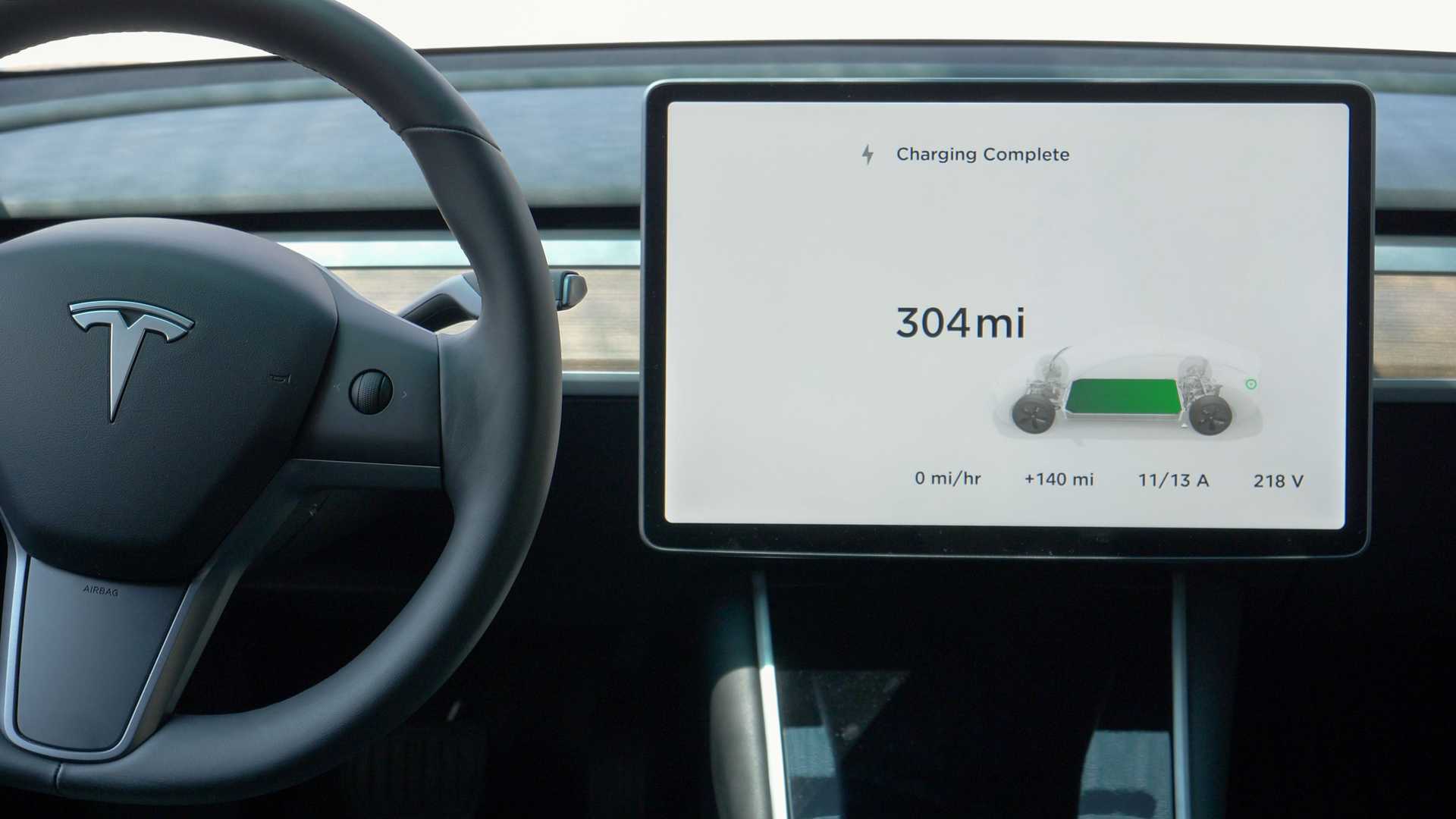Last night we had to drive a guest from Naples to Ft. Lauderdale to catch a 5:10 a.m. flight, meaning we left the house at 2:00 a.m. This created the best opportunity we've had yet to test range in optimal conditions.
Except for less than two miles, the roads from our house to the airport were all four lanes or wider. With no traffic on the roads, we were able to drive ~70 miles an hour on surface streets and then set the cruise control at 80 (an actual 78 mph per gps radar and roadside radar stations) for the long haul across Alligator Alley (Interstate 75) with almost no slow-downs or lane shifts required. It was a dry night with temperatures between 74-76 the entire trip. We had three adults and a small carry-on in the car on the way over and two adults on the way back.
We charged up to 91% and had 28% charge remaining at the end of our 215-mile round trip. The "time since last charge" display showed an average m/kWh of 2.8. My own calculations showed 2.89.
The bad news is that we will never see anything like the EPA-rated range of our Dream Performance -- 3.9 m/kWh -- in even the best conditions when traveling at the national average interstate speed of 78 mph (per DOT studies). The good news is that we made the round trip without recharging with plenty of room to spare, which is something we could not have done in either of the Teslas we've owned, including our 2021 Model S Plaid. On the other hand, there were 4 Tesla Supercharging stations along or near our route, while there was only 1 Electrify America station that would have taken us on a 15-mile round trip detour to reach.
And back to the other hand: we were in a quieter, better riding, far roomier, and more comfortable car.




